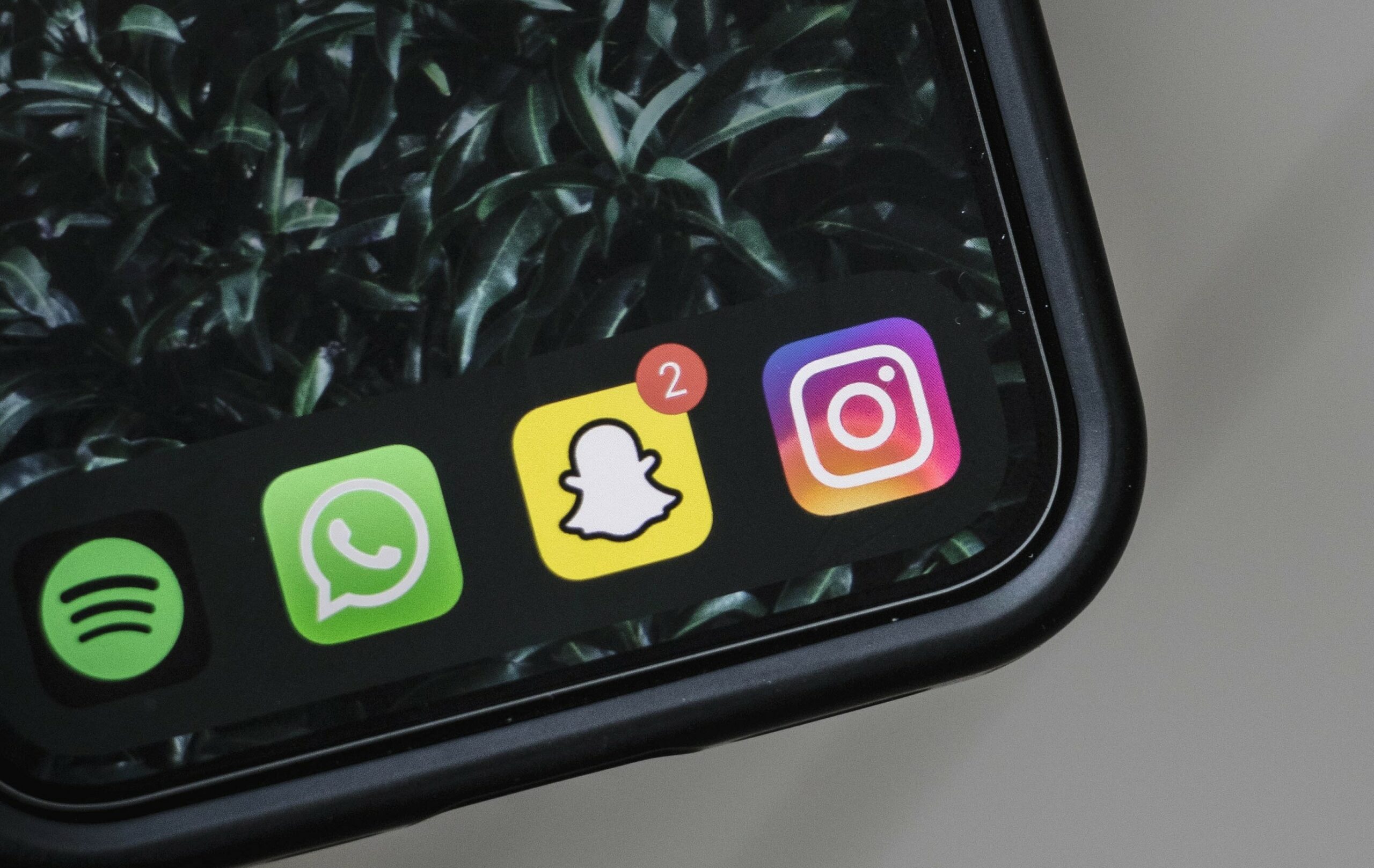The message is the medium
Social media companies have been appearing as much on the business pages as tech sites in recent times, not just with Elon Musk’s Twitter purchase finally drawing to a close while Meta’s share price has hit a yearly all time low.
Donald Trump’s investment in the relative newbie channel Truth Social, and Kanye West’s reported agreement to buy the ailing social network Parler, show how significant these media have become in publicity and politics.
More than just messaging or statement devices, these sites and apps have increasingly become the stage on which feuds and alliances are played out, often even more dominated also by bots with a range of fake or erroneous messaging
Snap back to reality
Perhaps as a signifier of how the bubble may have, if not so much burst as lost a lot of its air like an old balloon, Snap’s revenue growth slowed and losses rose as the company that owns Snapchat undergoes radical changes to revamp targeted advertising and take on an industry slump.
The Los Angeles-based company reported on Thursday that revenue rose 6% year on year to USD $1.13bn, slightly below analysts’ expectations of $1.14bn. It was the slowest pace of growth since the company went public in 2017.
Snap’s shares, which had already lost 77% of their value this year, fell 28% this month. Net losses increased 400% to $360m, compared with $72m in the prior year, roughly in line with expectations.
In a letter to investors, Snap, developer of camera and messaging app Snapchat, said advertisers were continuing to cut marketing budgets because of macroeconomic headwinds such as inflation and rising capital costs.
The company also blamed increased competition and challenges around Apple’s privacy changes that have made it harder for apps to target advertising and measure the success of campaigns.
Weather vane for a digital storm?
The gloomy results for Snap, the first of the big tech companies to post earnings, suggested that other businesses reliant on advertising could report similar turmoil in the near future.
Google parent Alphabet dropped 3%, while smaller social media rival Pinterest fell more than 7% on the back of Snap’s news. Meta’s price following less impressive earnings fell $20 in price.
“While these results are far from our aspirations, we are using this period of reduced demand to pull forward and accelerate changes to our advertising platform and auction dynamics that we believe will deliver better results for our advertising partners over the long term,” Snap said.
A new generation
While it seems strange to describe anything in such a young industry as the old guard, companies like Twitter, Facebook and Google do fill that role.
But the next leap has been partially formed a few times – success stories like Instagram and Vine are often quickly snapped up by the larger fish, or burn all too brightly and quickly.
Unsurprisingly it is TikTok that takes the title as the largest social media phenomenon in 2022. Ina recent poll by the Browser media agency, 40% of businesses said they plan to use TikTok in 2022 as part of their social media strategy.
Plus regional variations mean different pressures – as exemplified by the resignation of a top executive at Kakao Corp, the operator of South Korea’s top mobile messenger KakaoTalk.
His resignation came after a fire at a data centre led to a mass outage and disrupted services for 53 million users worldwide.
Our take
This is a fast moving and dynamic world in which to invest in or analyse. And not just because leaps in technology mean advances in user friendliness or financial avenues of backing.
Whatever new beast tops the tree, it’s hard to not to feel like we’ve been here before – for instance TikTok has been compared to Vine, Periscope and other video based apps of the past. So the message is always be looking back, while looking forward. What could happen tomorrow may well have happened yesterday, just with a different name.


